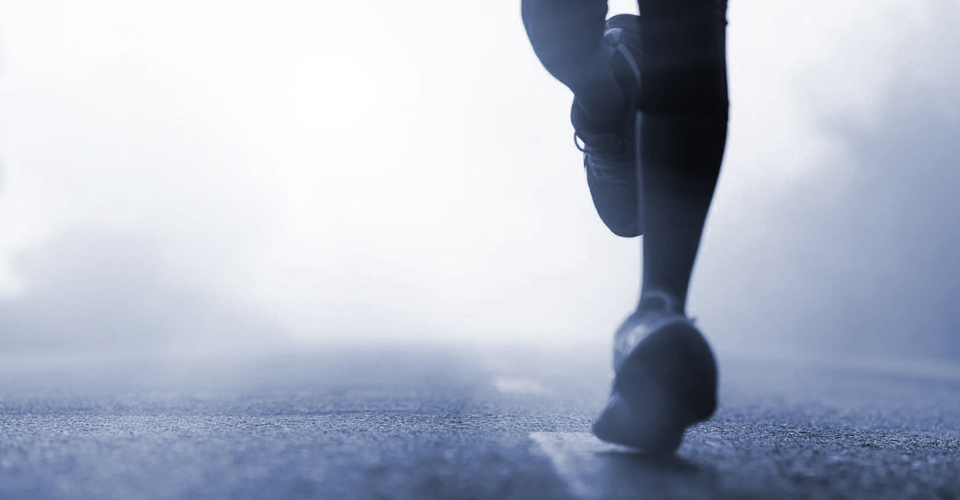Orthotics
Orthotics come in many shapes, forms and materials. Generally there are 3 types of orthotics:
Functional: These orthotics change the way your feet function and eliminate many pathological problems by rebalancing and supporting your feet.
Accomodative: these orthotics are used to reduce pressure from bony prominences or overly stressed areas of the foot. They are excellent in helping prevent pressure ulcers in diabetics and people with painful callouses.
Functional and Accomodative: these orthotics combine the benefits of both to provide both improved function and pressure or lesion accommodation.
Orthotics can be made to fit or conform to almost any type of shoe, sneaker or boot. If fitting maybe in doubt, the shoes can be sent with the orthotic cast to the lab to insure a proper fit and maximum comfort.
Painful Feet
There is an expression when your feet hurt, everything hurts. Well that’s because your feet are the foundation to your body and all the parts are interconnected. When your feet hurt, your quality of life can suffer. Pain, swelling, changes in the way your foot looks, sharp pain when your stand or walk. These are just a few of the common symptoms of foot trouble and the need for orthotics. These symptoms may be caused by the way your foot moves or by the way your legs developed. You may have a medical condition, such as diabetes, that put your feet at risk for sores, infection or other serious health problems. Please contact your Healthcare professional if you have any of these symptoms.
Orthotics can help you!
With years of medical training in foot care, your Podiatrist is an expert in diagnosing any problems that you may experience in your lower extremities. Just as contacts and glasses improve vision, orthotics improve foot movement.and function. These custom-made orthotics may relieve your symptoms by controlling the way your feet move or accommodate pressure points or bony prominences. Your Podiatrist may offer this treatment for you to relieve your painful foot ailments. Orthotics may also help compensate for problems in your hip or knee that cause incorrect foot movement. Orthotics can protect the tender areas of your foot from the wear and tear of constant use. By improving foot function and eliminating pathology in ones gait, foot problems that would eventually require surgical intervention may be delayed or even eliminated. Post-operatively, orthotics are often used to prevent a recurrence of a deformity or help maintain the surgical correction achieved.
Here are just a few of the Podiatric conditions in which orthotics are often used to help:
Flat Feet: The arch is unstable or weak, resulting in a foot that looks flat or pronated.
Heel Spurs/Plantar Fasciitis: The tendon making up the arch applies too much traction on the heel bone and becomes inflamed.
Callus: Skin builds up where bone presses against the bottom of the foot.
Intoe or Outtoe Gait: A child’s legs, knees, or feet may develop in a way that forces the foot to turn in or out.
Limb Length Discrepancy: Where one leg may be longer or shorter than the other side.
Diabetes: Causes delayed healing of the feet as well as loss of sensation in the feet.
Arthritis: This disease may cause inflammation or even destroy the joints in the feet.
![]()





Add a comment